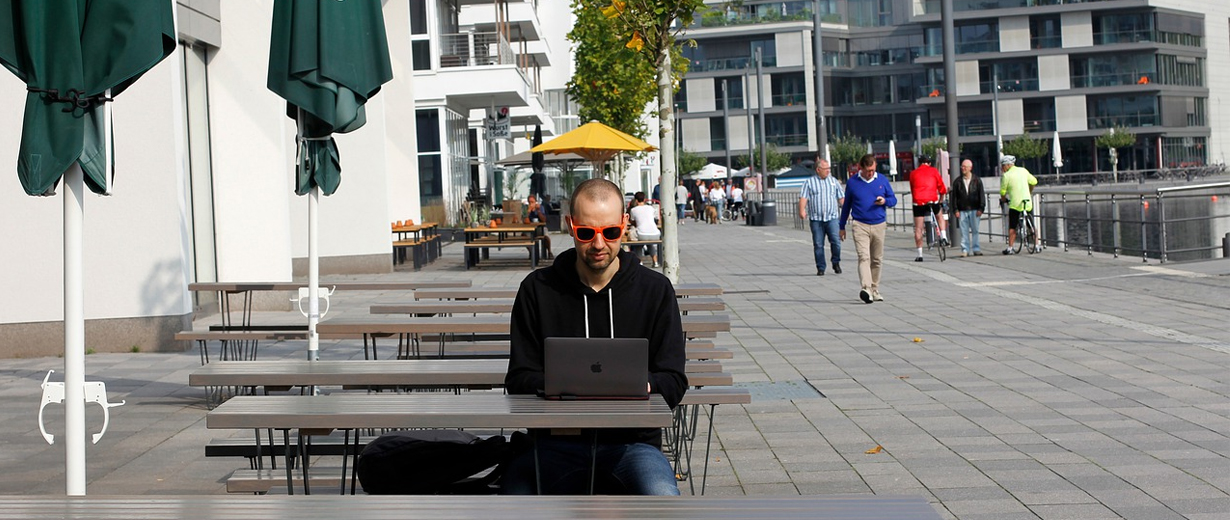
The topic of home, office, or home-office hybrid has been more or less exhausted over the course of the pandemic. By now, most companies have made a choice and begun their early experiments regarding the new normal for their teams in the early after-COVID era. Surely, the next few years will be full of lessons regarding what did or didn’t work. Slowly, all employers will move toward a combination that achieves the best of the in-person and the at-home worlds.
But one of the most common words we’ve heard tossed around during this period of renegotiation has been the term ‘flexibility.’ Employees are using it to advocate for their post-pandemic balance. Employers are using it to attract and retain talent in a job seeker’s market. It’s therefore worth taking a closer look at what we really mean when we say flexible; in my experience working with early and late-stage teams across multiple sectors, it’s a word with many meanings, each worth understanding in full.
Pillar One: Physical Flexibility
Early protests regarding a full return to office were well covered by the media. A study from Gartner showed that 39% of knowledge workers would consider leaving if their employers insisted on a ‘hard return’ to full-time, in-person work. In another study, almost 75% of respondents reported a preference for working from home for two or more days each week. with more than 50% wanting three days or more.
But a more recent study found that what people want most is the choice to come into the office as they see fit. That choice adds a sense of employee autonomy that was almost unimaginable before COVID-19. Taking charge of the decision as to where your work for the day is best performed, and how you want to manage your physical location within the span of a week to best complement competing priorities like family and personal wellbeing, is a powerful value-add; one that’s best kept intact in the after-COVID experience.
Pillar Two: A Flexible Schedule
Flexibility as it relates to the nature of work deserves equal attention; it could rival, or at least mirror, the importance of locational flexibility. Bringing a team of programmers back into 9:00 AM meetings could be incredibly destructive to the night-owl workflows they’ve been able to establish, to great success, throughout the pandemic.
A return that fails to provide a dialogue for skilled workers to inform their team leads regarding what’s been working best will be a return that sets the company many steps back. Employers who are implementing agency into their new team structures are already seeing outsized success and improvements to their company culture; it’s my opinion that flexible scheduling will be a big part of that offering.
Pillar Three: Flexibly Functional
Similarly, cross-team functionality as it relates to collaboration and role flexibility is a crucial part of facilitating a successful back-to-work. Research shows that enabling collaborations across workplace functions improves both employee experience and team productivity.
When McKinsey & Co studied resilient organizations who found success throughout the pandemic, they found that 61% of those companies relied on the enhanced performance of smaller, more empowered teams who were given the freedom to problem solve across company silos. These teams were outcome-oriented, which empowered each employee to act outside of and above their role in order to contribute to their highest possible level. This is also the strategy that allows for the most natural form of networking and paves the way for continued employee satisfaction down the road.
Pillar Four: Cognitive Flexibility
As professionals consider the next phase of their careers, cognitive flexibility will be driving their employment decisions. The aggregate needs within the job economy are in constant flux. Knowledge workers are showing a tangible drive to learn and grow with their industries as they change.
Employers who are able to provide coaching, training, and recognition strategies to that end will be more successful. In addition, companies who are faster to uptake and integrate artificial intelligence technologies will be more effectively able to reduce the manual, time-intensive workload of each role, allowing professionals to operate in a more creative workplace capacity. Providing the tools and technologies employees need to learn, grow, and increase their creativity within their existing roles will be a crucial part of maintaining and incentivizing talent in the post-COVID age.

As a workforce, we can and should continue to talk about the improvements we’d like to see as time goes on. But these four pillars of flexibility are operating at the ground level, determining how post-pandemic workplace strategies have been working for employees.
Employers who are able to extend and maximize the physical, schedule, functional, and cognitive flexibility they offer to their teams will be in the best position to attract and retain talented professionals in this new corporate phase; those who haven’t been able to bring flexibility forward are already suffering the consequences.
